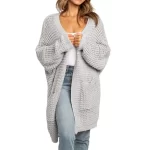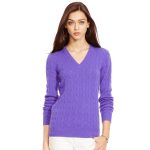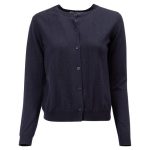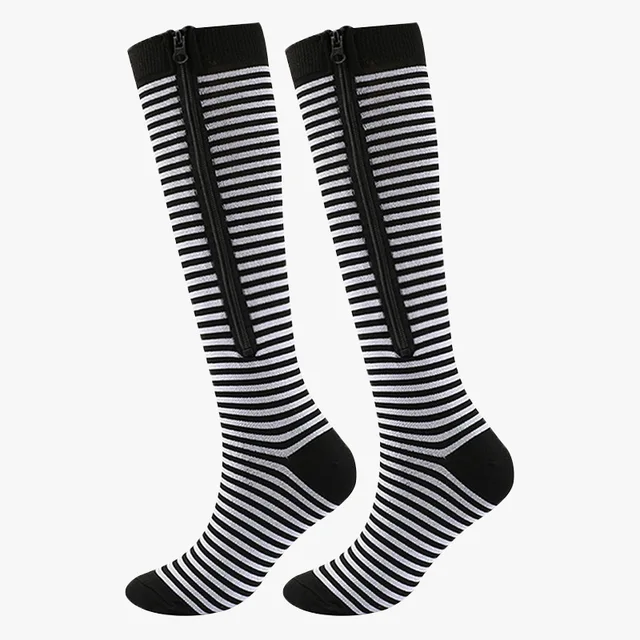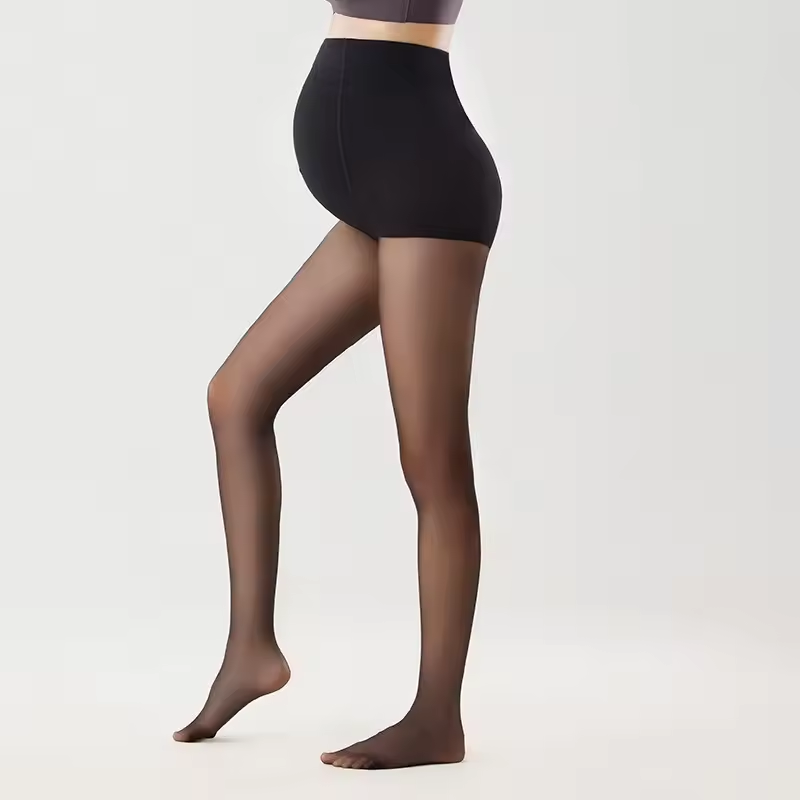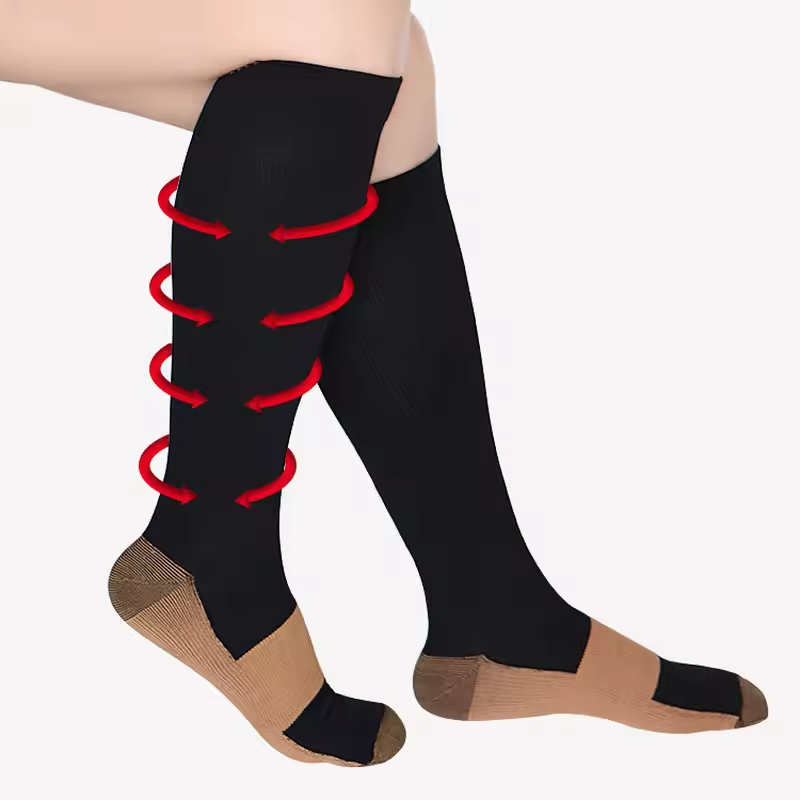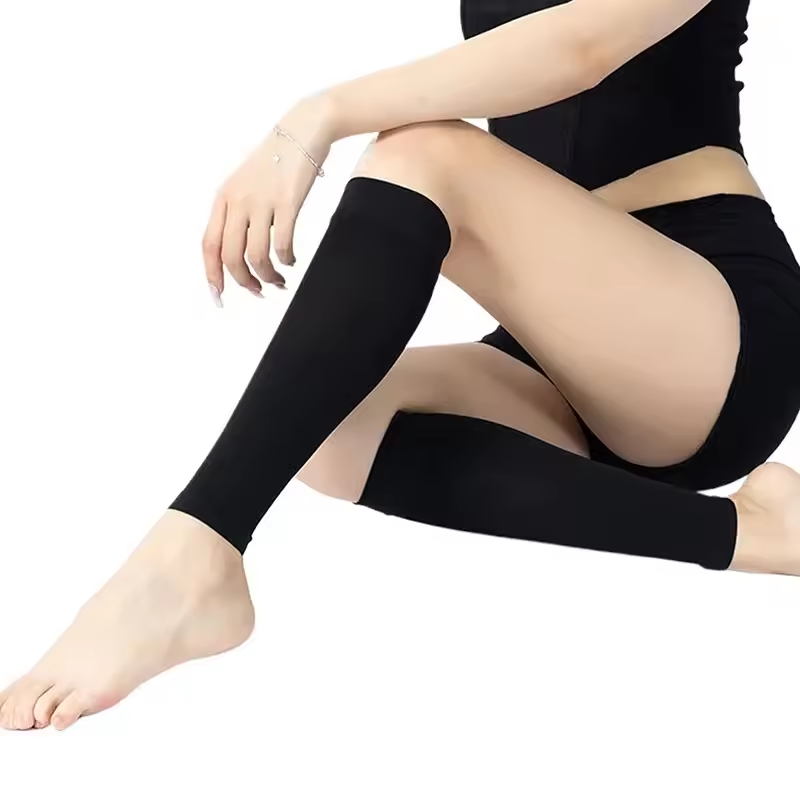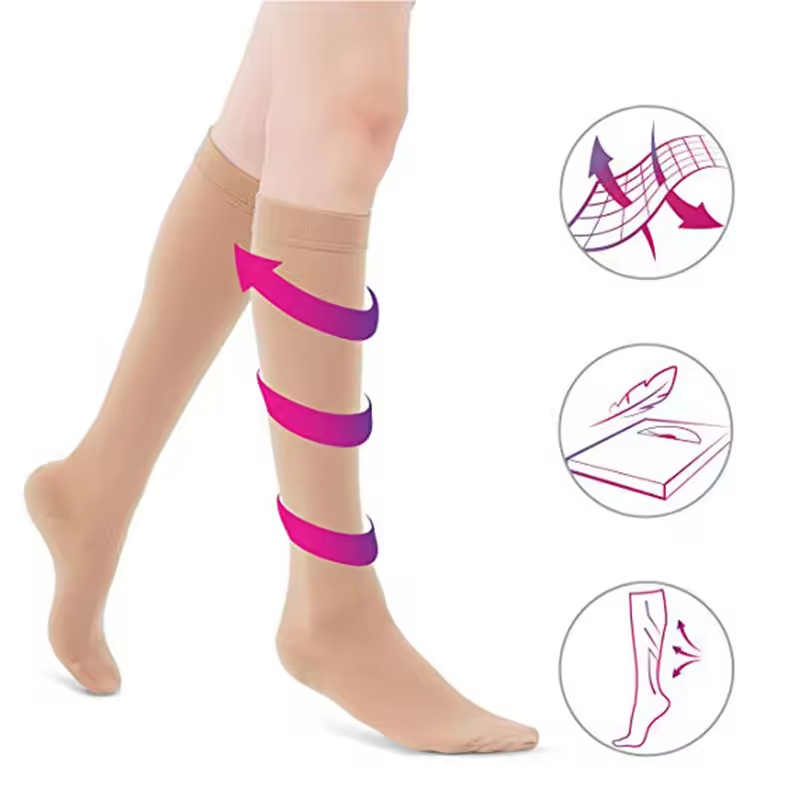Compression socks for women have become an essential accessory in the contemporary wardrobe, marrying functionality with style. These specially designed garments provide a level of support that not only enhances comfort but also promotes health benefits. In this comprehensive guide, we will delve deep into the world of compression socks, exploring their uses, types, health benefits, and how to choose the right pair for your needs. Whether you’re an athlete, a working professional, or a pregnant woman, understanding the importance of compression socks can significantly enhance your everyday life.
Understanding Compression Socks: What Are They?
Compression sock are elastic garments made to exert pressure on the lower legs. Their primary purpose is to improve blood circulation, reduce swelling, and alleviate discomfort from prolonged standing or sitting. Available in various styles, lengths, and compression levels, these socks use graduated compression technology—meaning the pressure is highest at the ankle and gradually lessens as it moves up the leg. This design facilitates better blood flow toward the heart, thereby reducing the risk of blood clots and varicose veins, which are especially beneficial for women who frequently find themselves on their feet for extended periods.
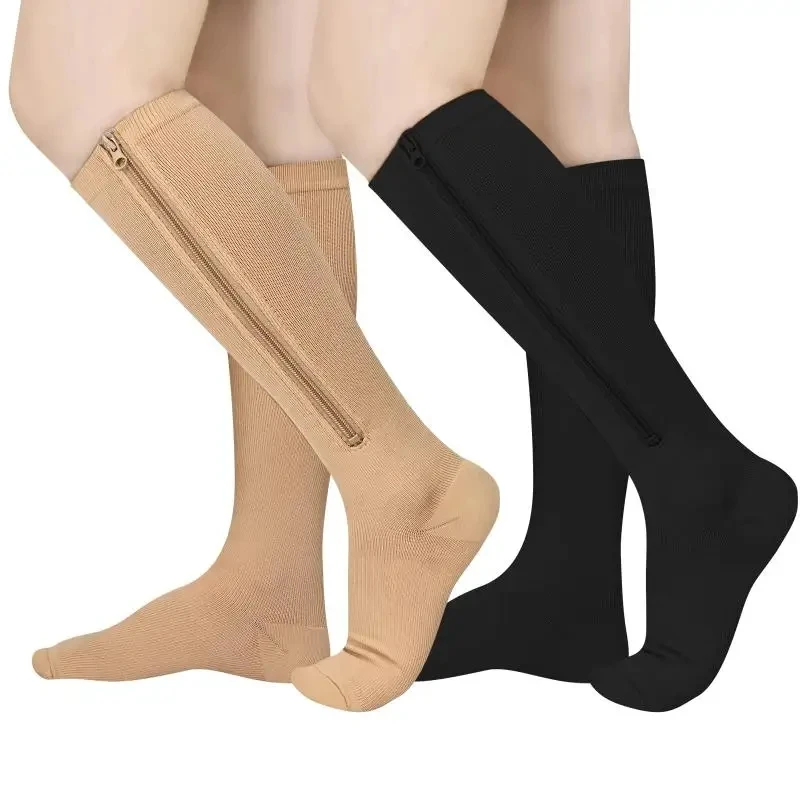
Benefits of Wearing Compression Socks
The advantages of using compression socks extend far beyond mere aesthetics. For starters, they effectively combat fatigue, especially for women who are on their feet all day, whether at work or running errands. The gentle pressure provided by these socks minimizes blood pooling in the legs, helping to maintain energy levels throughout the day. This is particularly important for those prone to heaviness or tiredness in their lower limbs, allowing for a more active and engaged lifestyle.
In medical contexts, wearing compression sock can significantly alleviate symptoms related to conditions such as chronic venous insufficiency, lymphedema, and even certain kinds of injuries. Pregnant women often experience swelling and discomfort in their legs due to hormonal changes and increased blood volume; compression socks can help manage these symptoms effectively. Additionally, for athletes, compression sock can bolster performance by enhancing blood circulation and oxygen delivery to the muscles, aiding in quicker recovery post-exercise.
Types of Compression Socks: A Comprehensive Overview
When it comes to compression sock, one size does not fit all. They are available in various types, each designed for specific purposes. You’ll encounter knee-high, thigh-high, and even full-leg length compression options. Knee-high socks are commonly favored for their ease of use and versatility, particularly among women who spend long hours at work. Thigh-high socks provide additional support and coverage for those prone to swelling in various areas of the leg.
Additionally, compression socks come in different compression levels. Light compression (8-15 mmHg) is generally suitable for everyday wear and minor discomfort. Moderate compression (15-20 mmHg) is ideal for those with mild swelling or fatigue. For more severe conditions, strong compression (20-30 mmHg) can be used under medical guidance. Selecting the right type and compression level is crucial for maximizing the benefits of these garments.
How to Choose the Right Compression Socks
Selecting the appropriate compression socks can be overwhelming given the myriad of options available. However, by paying attention to several key factors, you can make a well-informed decision. Firstly, it’s essential to determine your specific needs. Are you looking for socks to prevent fatigue during long work hours or to manage a medical condition? Knowing your primary intent will aid in narrowing down your choices.
Next, consider the compression level you’ll need. If you’re unsure which level to select, consulting a healthcare professional may be wise, particularly if you have underlying medical conditions. Additionally, focusing on the fit and size is paramount. Compression sock must fit snugly, yet comfortably, to function correctly. Most brands provide sizing guides, which typically consider your calf circumference and shoe size. Taking the time to measure accurately can lead to a more effective and pleasant wearing experience.
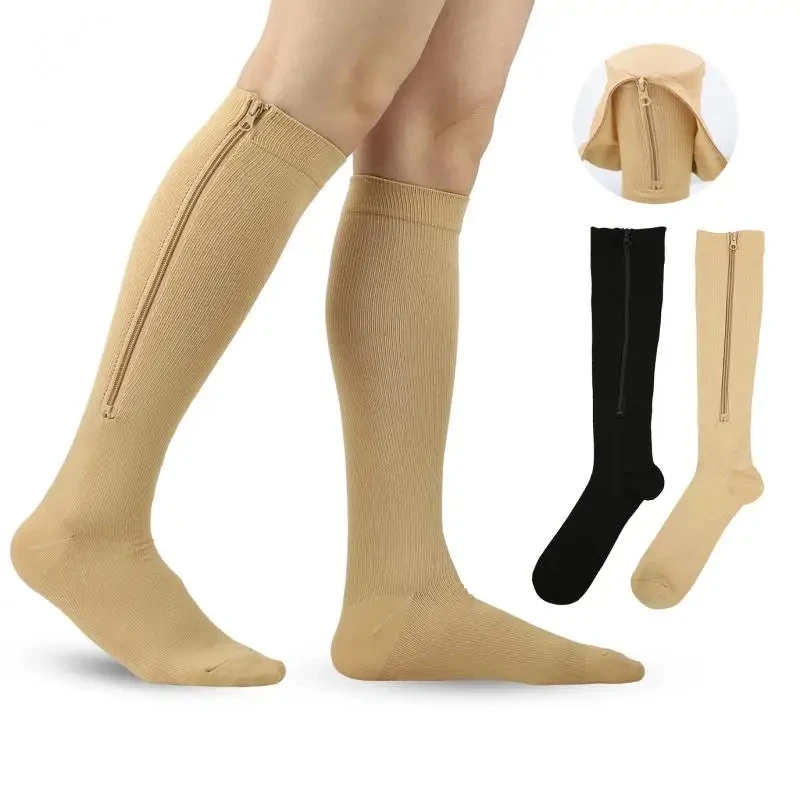
Common Misconceptions About Compression Socks
Despite their widespread popularity, there are several misconceptions surrounding compression socks that can discourage women from using them. One common belief is that compression sock are unattractive or uncomfortable. However, manufacturers have made significant strides in creating stylish designs that cater to all tastes. From colorful patterns to sleek, professional looks, compression socks are now as fashionable as they are functional.
Another misconception is that compression socks are only for athletes or those with medical conditions. While these groups do greatly benefit from them, compression sock are equally beneficial for general everyday use. Many women who work long hours, travel frequently, or stand for prolonged periods can reap the rewards of improved circulation and reduced swelling.
How to Properly Care for Compression Socks
Proper care of your compression socks is vital for maintaining their effectiveness and longevity. Firstly, always follow the manufacturer’s instructions for washing and drying, as these garments often require special care. Most compression socks are machine washable, but it’s advisable to use cold water and a gentle cycle to preserve the elasticity. Avoid using fabric softeners, as they can compromise the sock’s ability to provide compression.
Air drying is typically recommended over tumble drying to prevent potential damage due to high heat. Lay them flat or hang them up to dry, ensuring that they maintain their shape and elasticity. It’s crucial to check your socks regularly for any signs of wear and tear, such as thinning fabric or loss of elasticity. If you notice any, it may be time to replace them.
The Role of Compression Socks During Pregnancy
Pregnancy brings about significant hormonal changes and increased blood volume, often leading to leg swelling and discomfort. Compression socks have become increasingly popular among expectant mothers as they provide much-needed relief. Wearing graduated compression sock can help support the veins during pregnancy, reducing swelling and minimizing the risk of developing varicose veins.
Moreover, many women report improved energy levels and reduced leg fatigue when wearing compression socks throughout their pregnancy. This can be particularly beneficial during the later stages when physical activity may become limited. Not only do compression socks enhance comfort, but they can also encourage a more active lifestyle, helping to keep moms-to-be physically engaged.
Exploring Compression Socks in Athletic Performance
For athletes and fitness enthusiasts, compression sock have gained traction as an essential tool for improved performance and recovery. Research has shown that wearing compression garments during exercise can enhance blood flow to the muscles, leading to increased oxygen delivery and decreased muscle fatigue. This promotes endurance, ultimately allowing athletes to perform at their best.
Post-exercise, compression socks can aid in quicker recovery by reducing exercise-induced muscle soreness and mitigating lactic acid build-up. Athletes often note a noticeable difference in their recovery time when they incorporate compression gear into their routine. This can be particularly beneficial for those who engage in high-impact sports or activities that involve prolonged physical exertion.
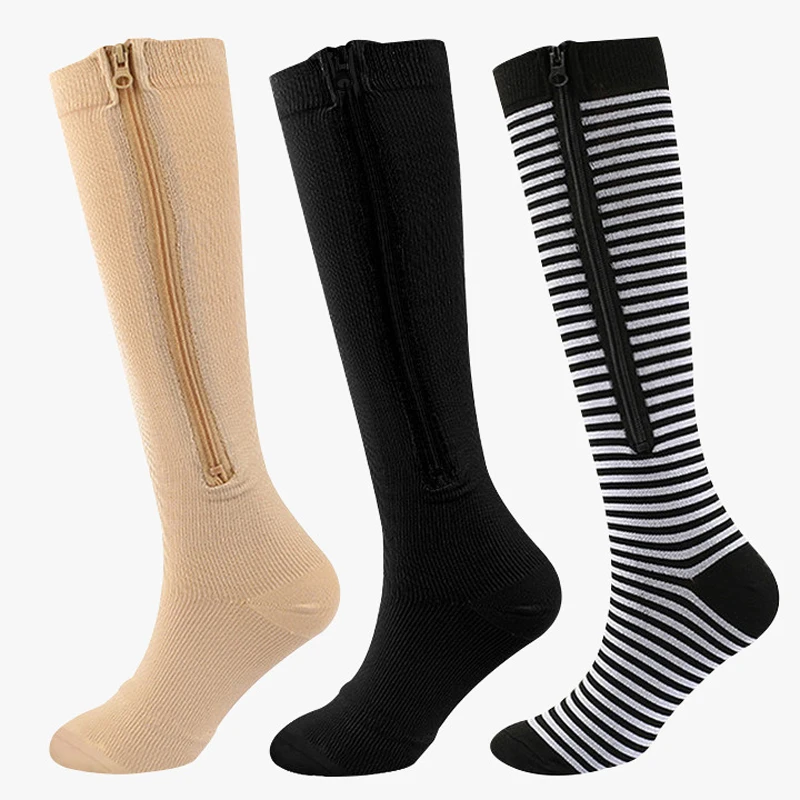
Conclusion: Making Compression Socks Part of Your Routine
Embracing compression sock as a regular part of your routine can yield numerous health benefits while enhancing comfort. From mitigating fatigue during long work hours to aiding recovery post-exercise, these garments serve multiple functions across various walks of life. Understanding their uses and benefits empowers women to make informed choices tailored to their specific needs.
With an array of styles, types, and compression levels available, there’s no reason why compression sock can’t be seamlessly integrated into your daily life. Whether you’re a busy professional, an active athlete, or an expectant mother, the right pair of compression socks can provide the support and comfort you need.

